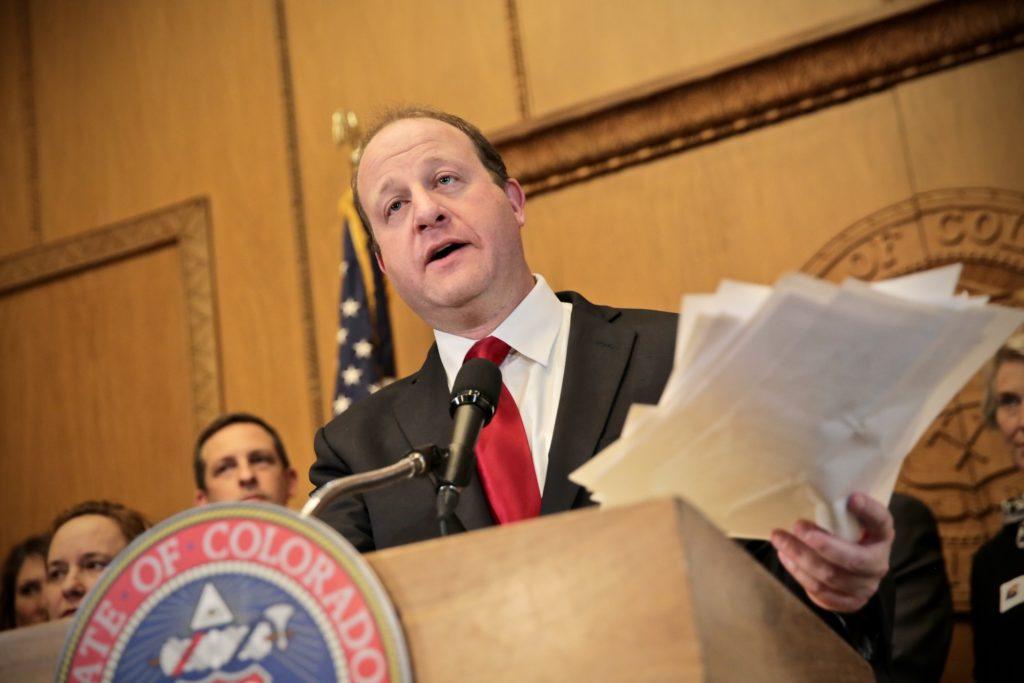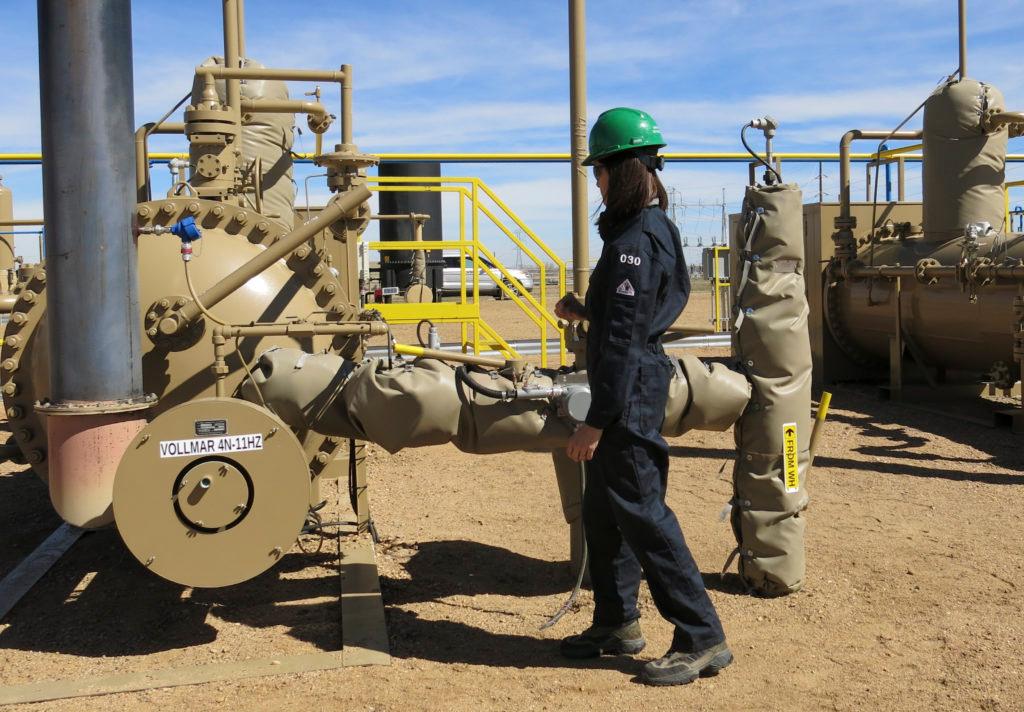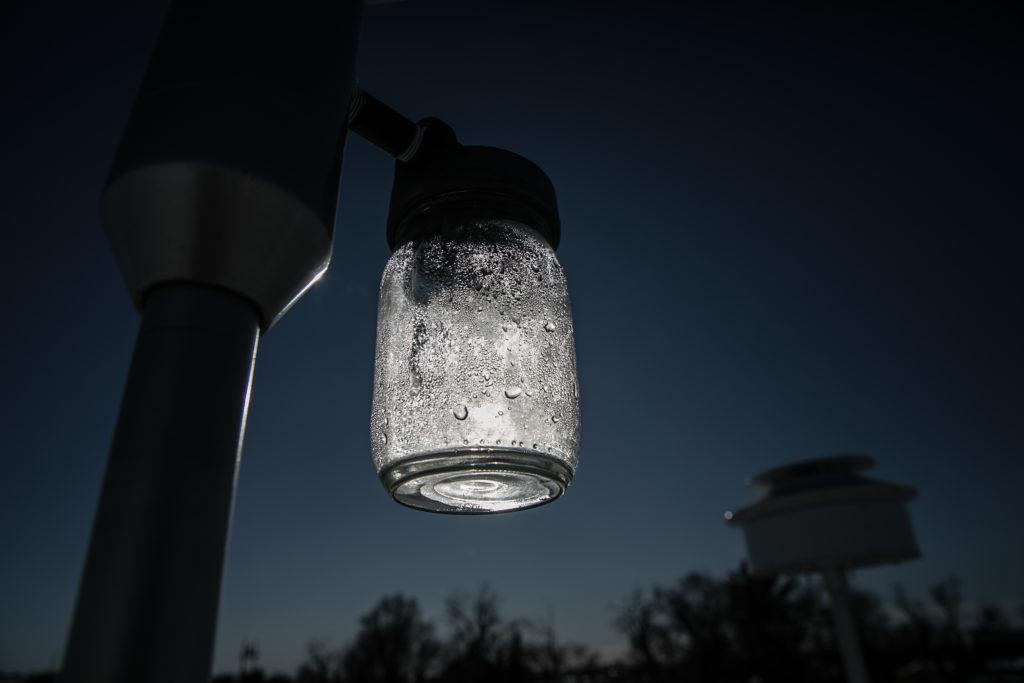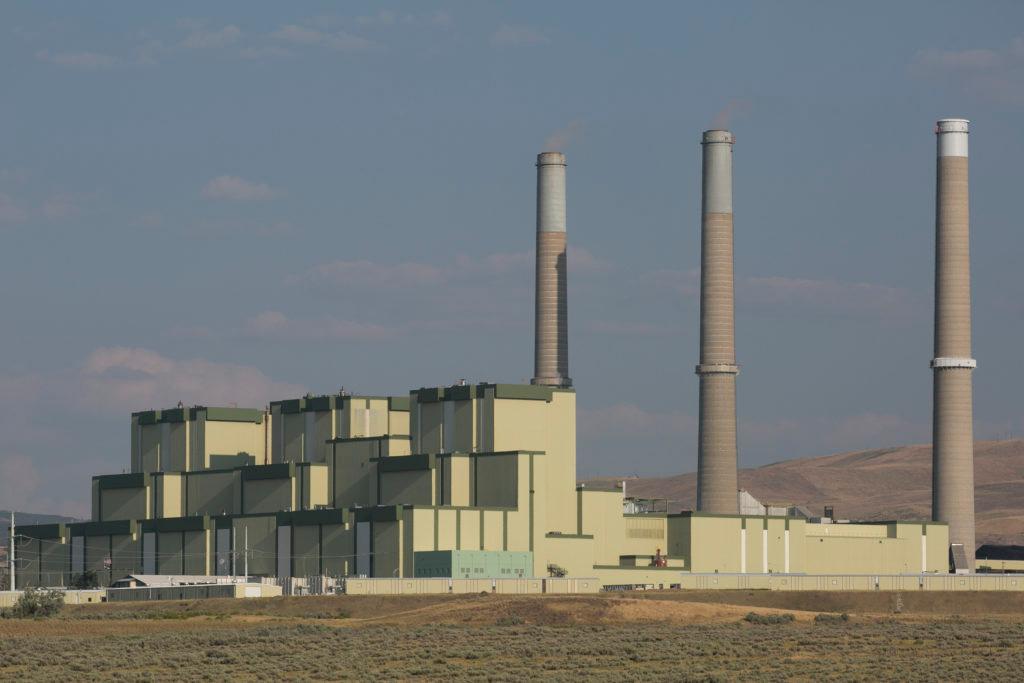This year brought ground-shifting changes to Colorado’s energy and environment landscape.
Whether it was policy from the state legislature or cheap solar and wind prices, the Centennial State saw dramatic changes.
Here are the four CPR stories from 2019 about energy and the environment that you should read.
Oil And Gas Reform

SB-181 proposed a massive overhaul to how oil and gas companies drill and extract resources. It gave local governments more say in where oil wells are placed, proposed measures to clean up the air around facilities and changed the make-up of the Colorado Oil and Gas Conservation Commission.
Environmental groups praised the bill, which makes health and safety higher priorities for state regulators. Oil companies slammed the legislation for making operations more costly.
Thus far, the state of Colorado has slowed down the number of permits it issues. In October and November 2019, regulators greenlit just 23 2A permits.
Colorado Legislators Pen Greenhouse Gas Reduction Goals

While Former Gov. John Hickenlooper relied on an executive order to reduce emissions, the 2019 state legislature wrote them into law.
HB-1261 and a companion bill SB-96 requires Colorado health officials to sharpen up their greenhouse gas counting skills, and draft a plan to cut them 90 percent by 2050.
Technically there are no penalties if companies don’t comply, but lawmakers took a massive step toward progress when they wrote their goals into legislation.
How Much Methane Is In Colorado’s Air? State Officials Aren’t Sure

An investigation by CPR found that the state has struggled historically to make accurate measurements of how much methane is in the air.
Gabrielle Petron, a scientist with the University of Colorado, discovered that Colorado took dozens of measurements in 2017 and 2018 that appeared below South Pole numbers, known as the cleanest air on earth. An attempt by state officials to correct the data raises yet more questions.
After CPR’s investigation aired, some officials — including Boulder County Commissioner Elise Jones — said the state needs more money to accurately measure air quality.
Colorado’s Rural Utilities Are A-Changin’

In early 2019, the rural electric cooperative Delta Montrose Electric Association finalized a plan to exit its contract with power provider Tri-State Generation and Transmission.
Months later, two other Tri-State members filed complaints with Colorado regulators, asking them to help determine an exit fee. The rural utilities want more freedom to innovate and more renewable energy.
Tri-State is making changes and announced 200 megawatts of new wind and solar in 2019.









